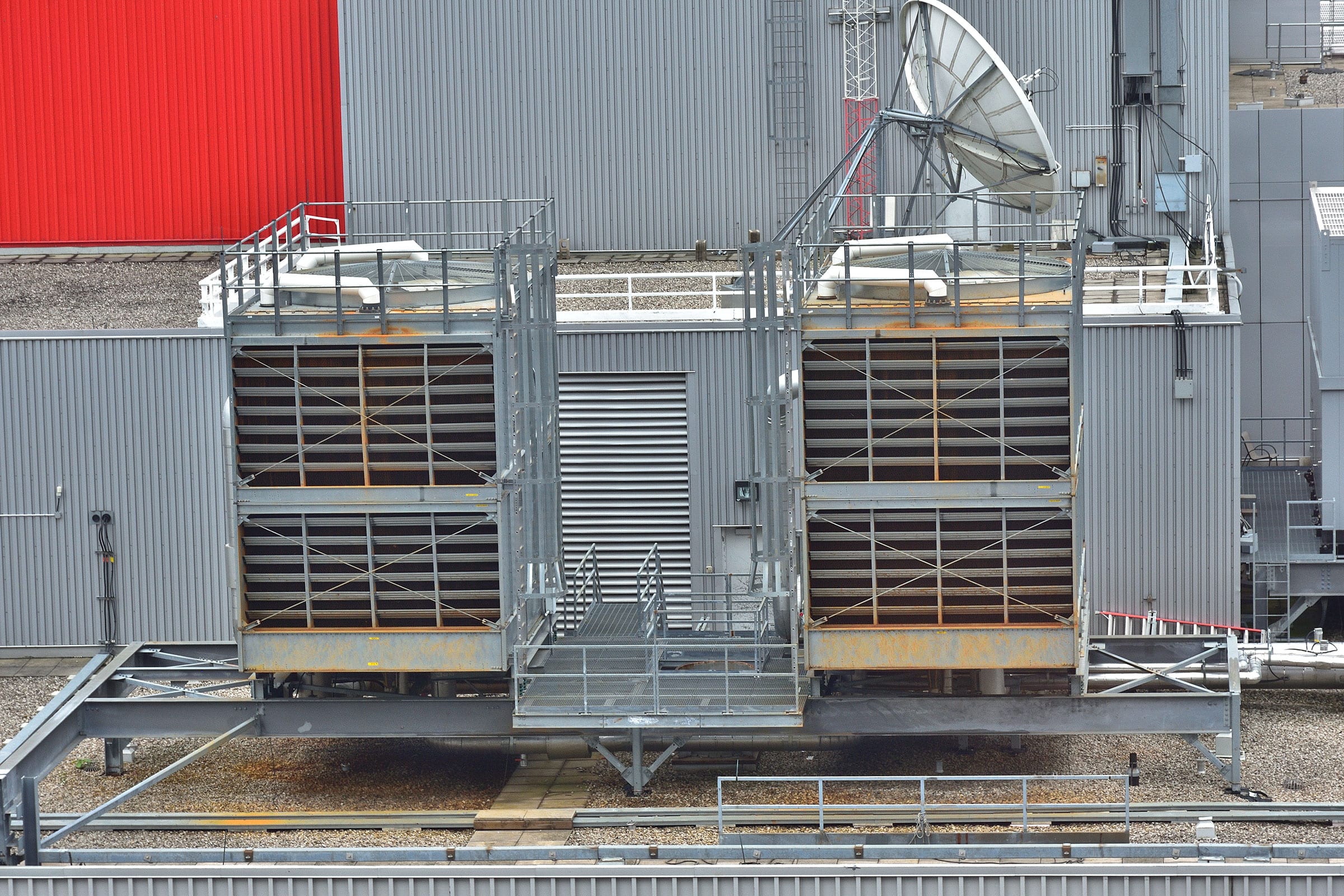Environmental regulations and changing market conditions are constantly swaying the way industrial plants operate. Manufacturers, chemical processors, and oil-gas refining plants all utilize cooling solutions to moderate the temperature of the water they use every day.
Many of these cooling towers and solutions were put into place years ago and are quickly approaching the end of their service life. That’s why now, more than ever, it’s important for industry leaders to understand the various cooling solutions that are available so that there aren’t any hiccups in production, compliance, or efficiencies.
Various Types Of Cooling Solutions
Cooling Towers
There are many different types of cooling solutions for various industrial applications. Depending on what industry you’re looking at, there are primarily two types of cooling towers found out in the field.
- Field-Erected Towers
These are usually found in chemical processing plants and refineries and are made for heavy industrial use and power.
- Factory-Assembled Towers
Factory-assembled towers (FAP) are built in modules at a manufacturing facility first. They are then shipped to a plant and assembled on site. This model is fairly versatile and comes in various sizes for a variety of applications.
Either way, cooling towers provide essentially the same function — heat exchange. Water gets heated during industrial processes and needs to be cooled. To achieve this, there are a few steps that must happen.
- Water is pumped to the tower through piping and out a nozzle
- The water sprays onto banks of heat transfer material called “fill”
- In the tower, it is exposed to as much water surface as possible
- It is also exposed to air that is pulled through a powerful fan
- Combination of air and water causes some of it to evaporate and cool
- The cooled water is then pumped back into action
This process happens over and over again and is necessary for many industrial processes. Cooling fans provide an essential function for regulating the temperature of the water that is integral to the operation.

Companies like Howden provide a wide variety of cooling solutions for maximum efficiency and performance.
Heat Exchangers
While cooling towers do an exceptional job of mitigating rising water temperatures, there are some stipulations that restrict their use. Many of these cooling towers need clean water in order to effectively cool the water. If the quality of the water is low, you risk debris and particles clogging up fill and hurting your productivity.
For circumstances where clean water is expensive, unavailable or scarce — air-cooled heat exchangers work best. These are common in oil-and-gas industries where water maintenance isn’t a requirement. The downside is that heat exchangers don’t cool water temperatures as low as cooling towers. This is because air-cooled heat exchangers only use airflow to cool hydrocarbon products,





